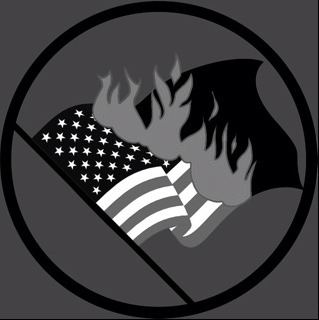. @thomaslknapp. #twitpic. #patents. #monopoly. #intellectualproperty.
I came late to the news of Twitpic‘s impending (and thankfully partial) closure and even later to an explanation for it. My initial assumption was that the service had failed to turn a profit and become financially insolvent. I couldn’t have been more wrong. This is, in the worst way, all about “intellectual property.” And it significantly and negatively impacts the social media which more and more of us rely on as our “window on the world.”
What is — or rather, what was — Twitpic? Simply put, a service which made it easy for Twitter users to share photos. It reduced the process of uploading a photo to a site, blog or image host and tweeting a link to that image to a single step.
That may not seem like a big deal but it was, especially for amateur journalists covering, or non-journalists caught up in, fast-moving events. In 2009, for example, the first visual coverage of US Airways Flight 1549’s ditching in New York’s Hudson River was a photo tweeted (before the “mainstream media” could get camera crews there) by ferry passenger Janis Krums using Twitpic. I’ve personally used the service in an “amateur journalist” capacity to tweet photos from blogger conferences, Tea Party rallies, political conventions, etc.
Twitpic is gone now. It shot itself in the foot, after which Twitter followed suit to its own foot and to Twitpic’s head, over “intellectual property.” The sequence of events:
In 2009, Twitpic filed an application with the US Patent and Trademark Office seeking trademark protection for its name. There’s never any good reason to do that. The things that trademark protects fall into two classes: Things which are already covered by laws against fraud on one hand; things which deserve no legal protection on the other.
In late summer 2014, Twitter demanded that Twitpic abandon its trademark application on pain of losing access to the Twitter API (which Twitpic needed to function).
Stating that Twitpic does “not have the resources to fend off a large company like Twitter,” Twitpic founder Noah Everett decided to shut down Twitpic in late October rather than give up on the trademark application. Oddly, an agreement was later reached with Twitter itself to maintain the database of existing Twitpic photos.
So now we don’t have Twitpic. Twitpic is dead. Twitter’s users, and therefore Twitter, are worse off. All over competing claims of “intellectual property” in a word. Claims which would be risible if they hadn’t destroyed a valuable application.
Twitpic’s demise doesn’t showcase a bug in the “intellectual property” system. Rather it highlights a feature of that system, a system designed for the sole purpose of using state power to protect established actors from market competition (Twitter’s incidental self-inflicted wound, on the other hand, was a bug).
Fortunately that system is coming apart at the seams. Unfortunately its complete collapse didn’t come in time to save Twitpic.
Citations to this article
- Thomas L. Knapp, The death of Twitpic, Fiji Times, 10/31/14
- Thomas L. Knapp, Of intellectual property, Dhaka, Bangladesh New Nation, 10/30/14
- Thomas L. Knapp, “Intellectual Property” is Why we Can’t Have Nice Things, Jamaica Observer, 10/28/14
- Thomas L. Knapp, “Intellectual Property” is Why we Can’t Have Nice Things, Before It’s News, 10/27/14
Republished under a Creative Commons Public Domain Dedication.
Image via anarchistart.com





